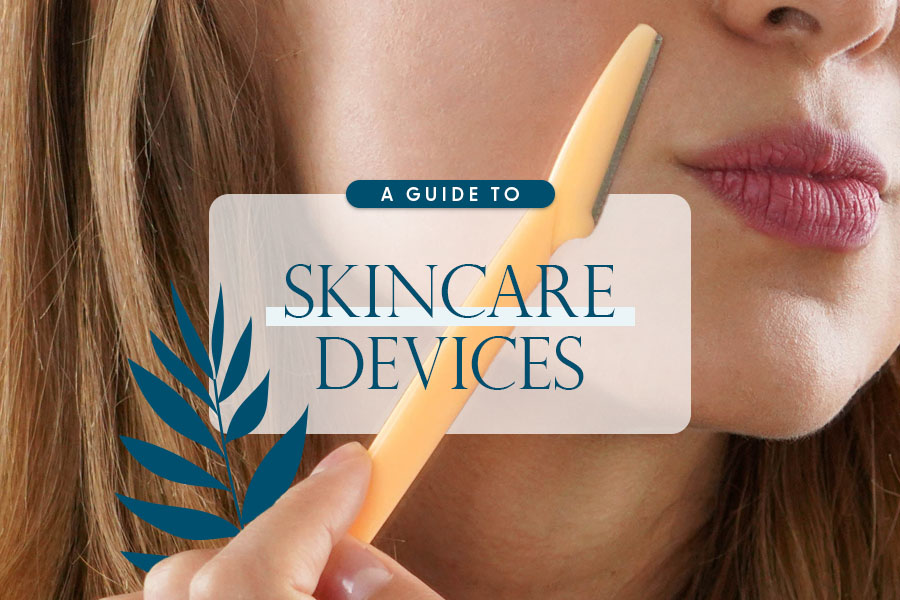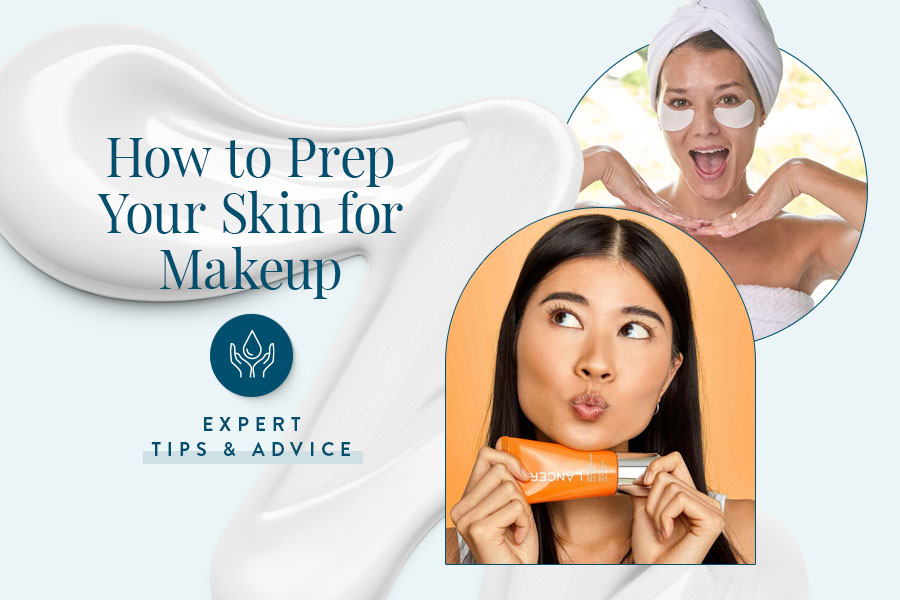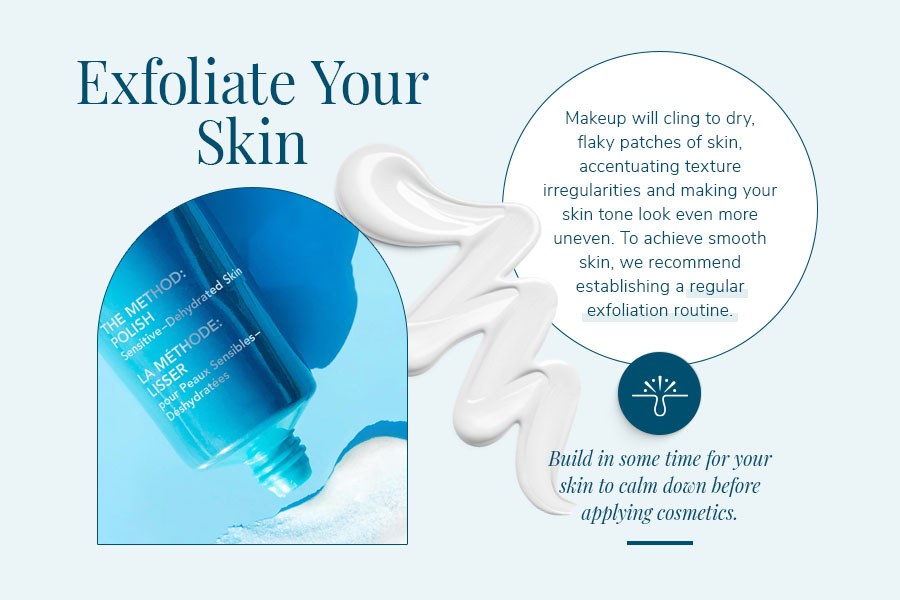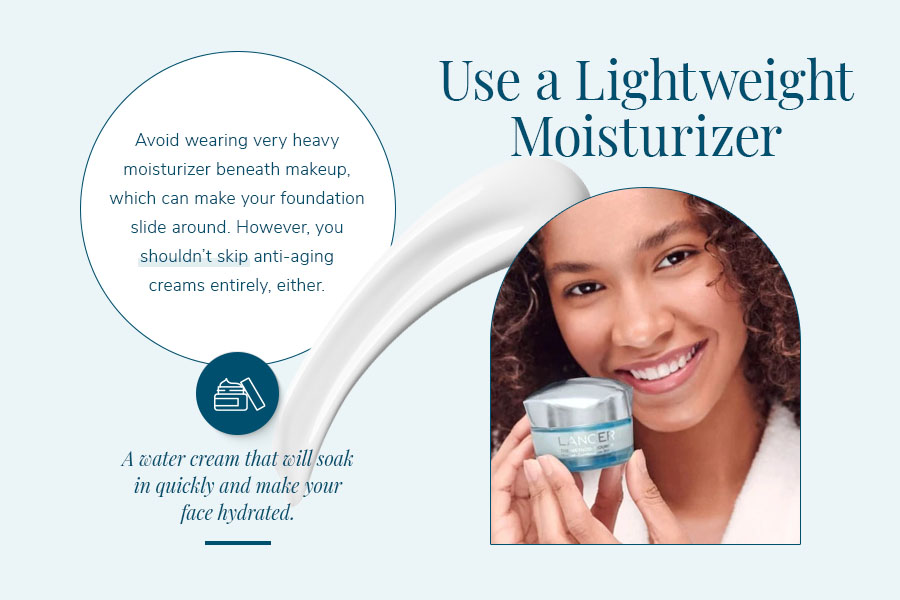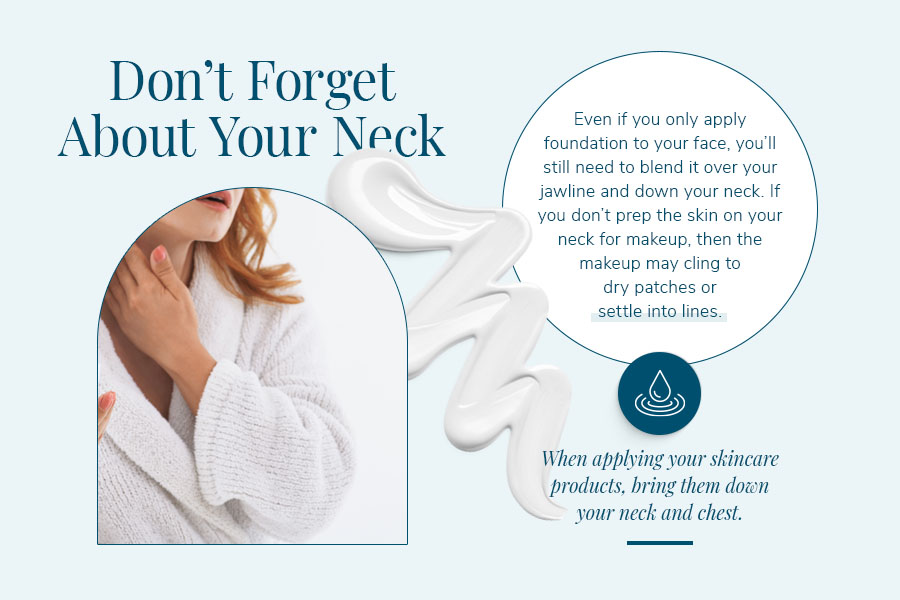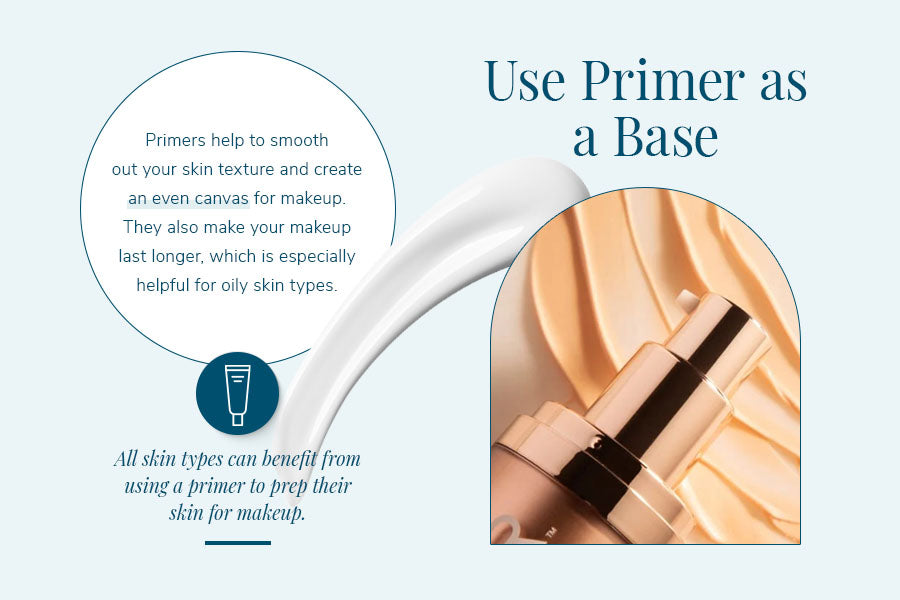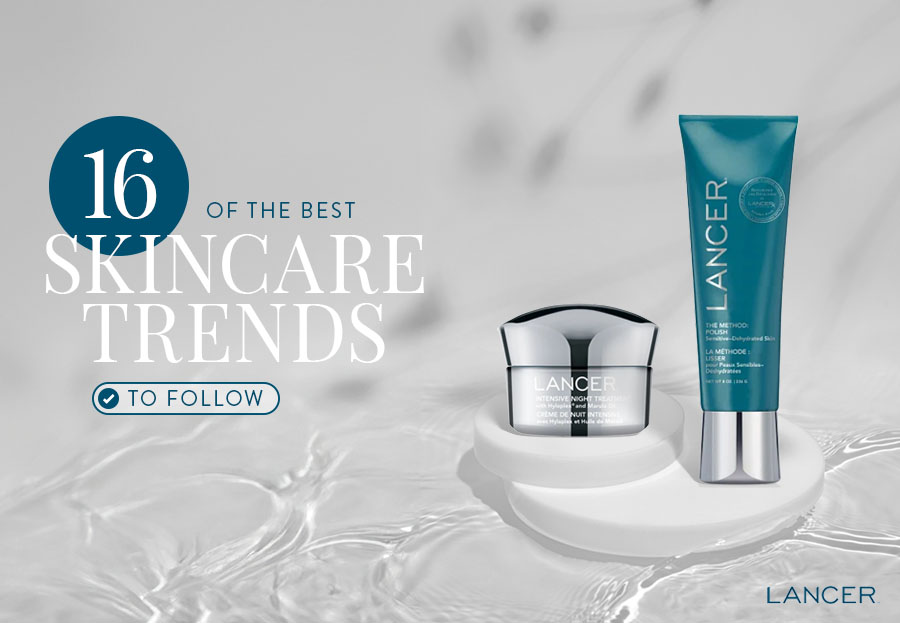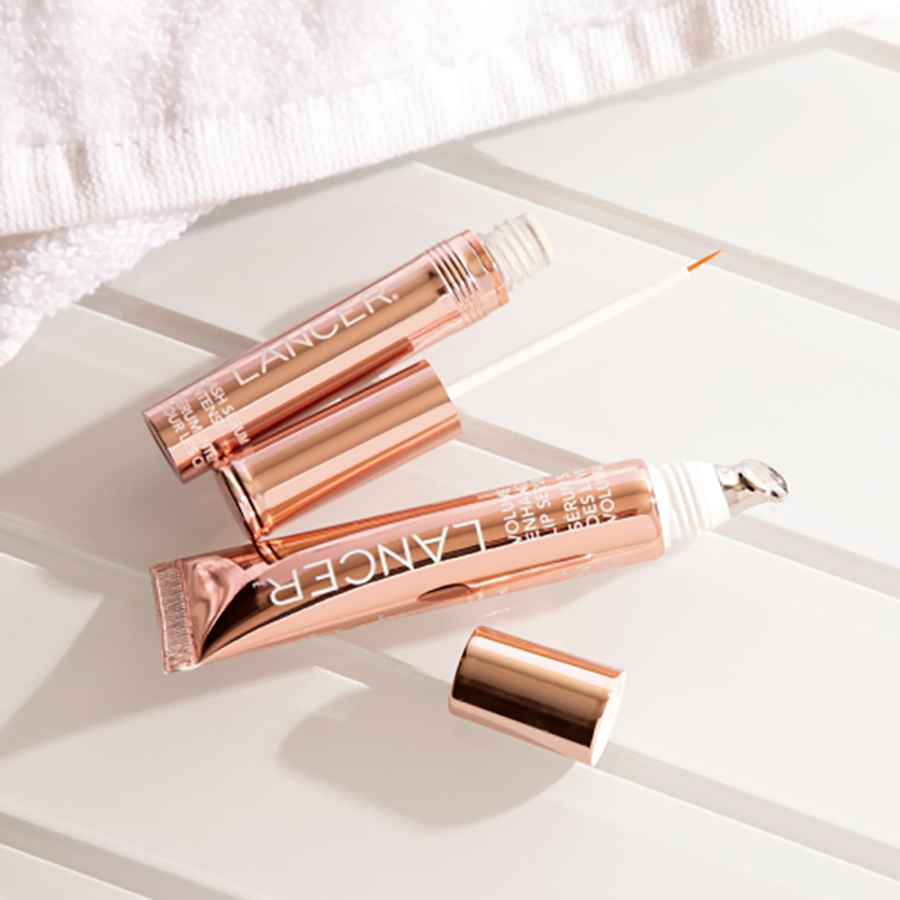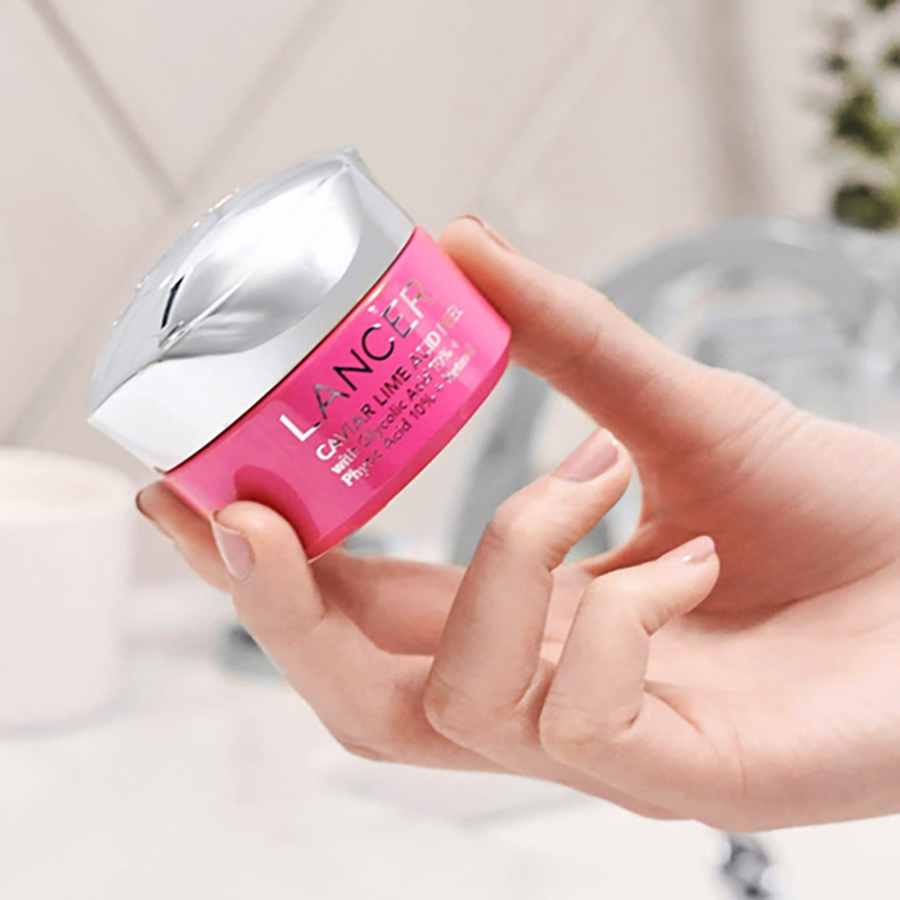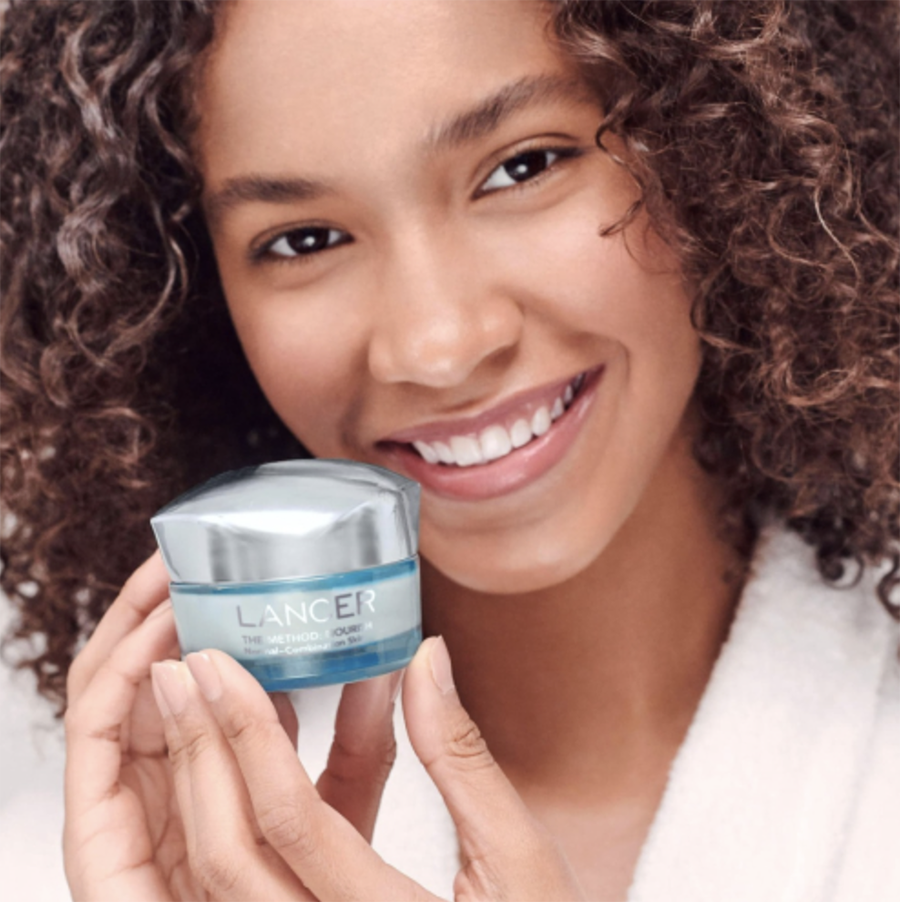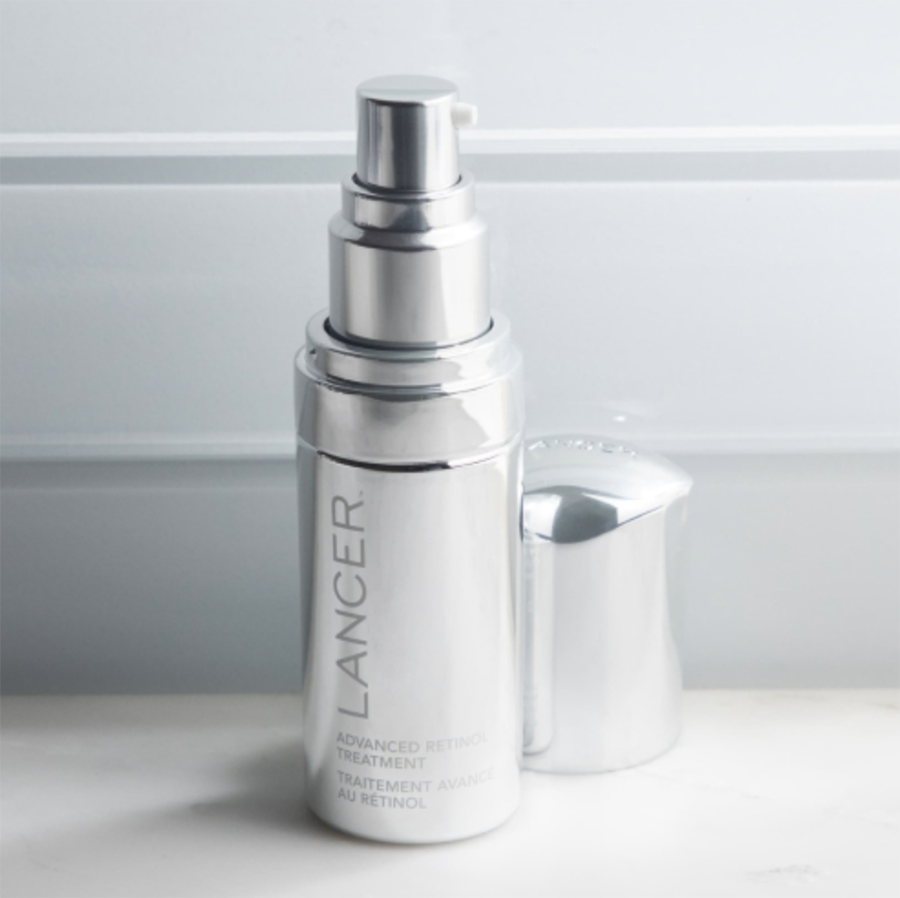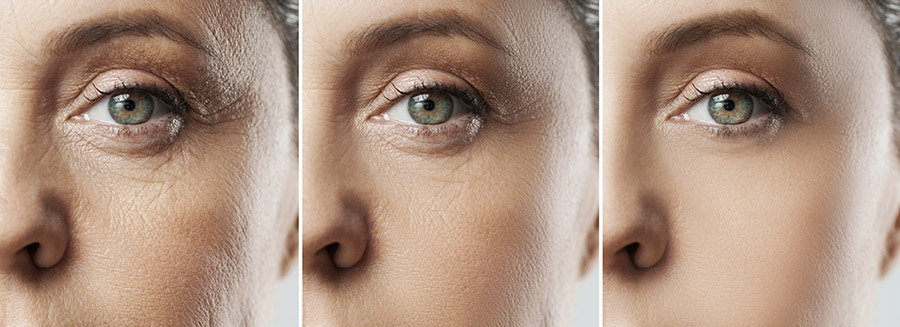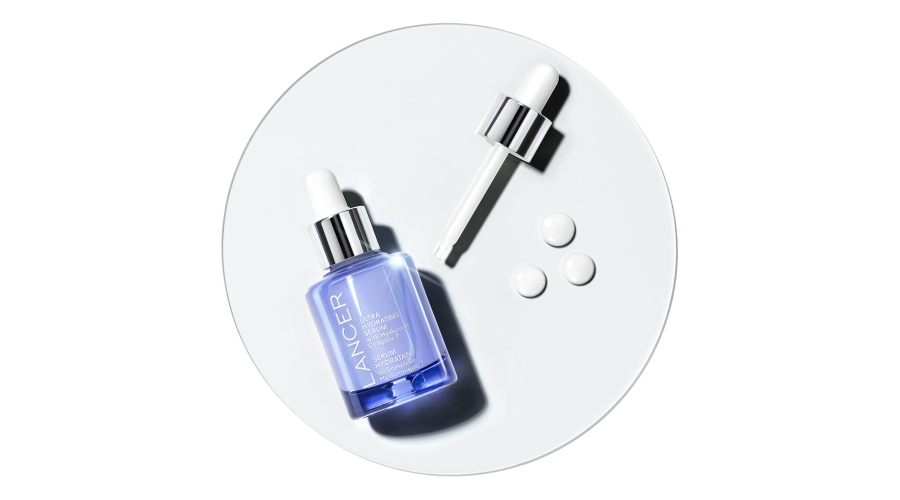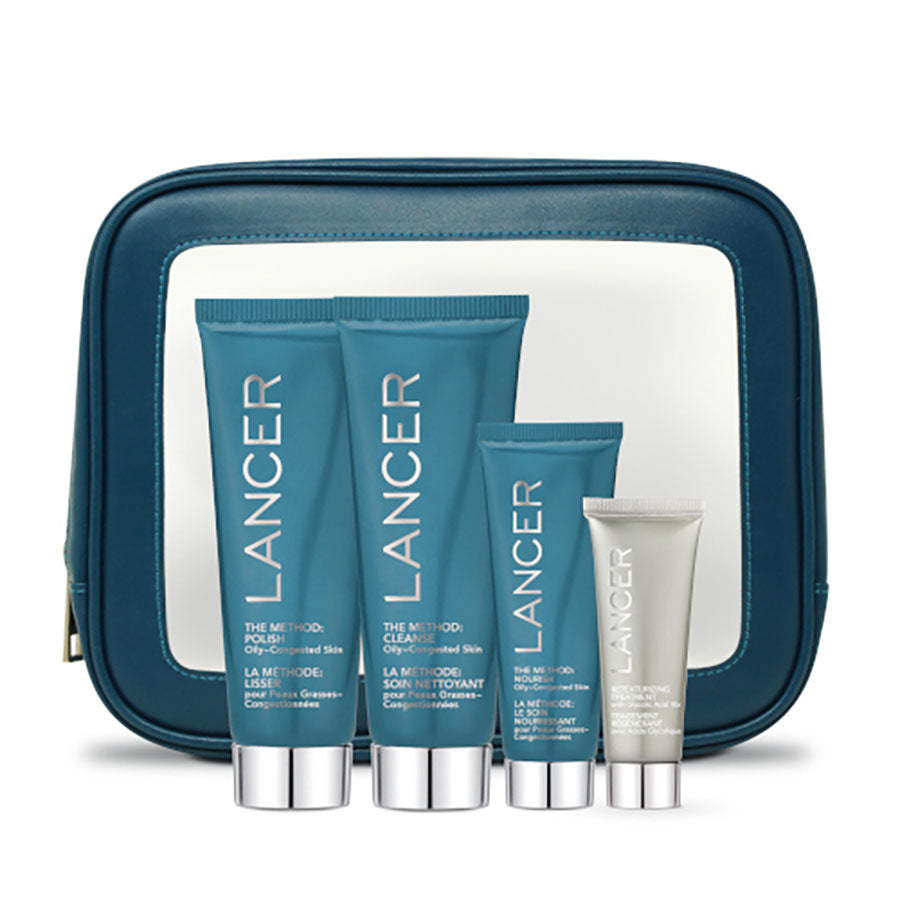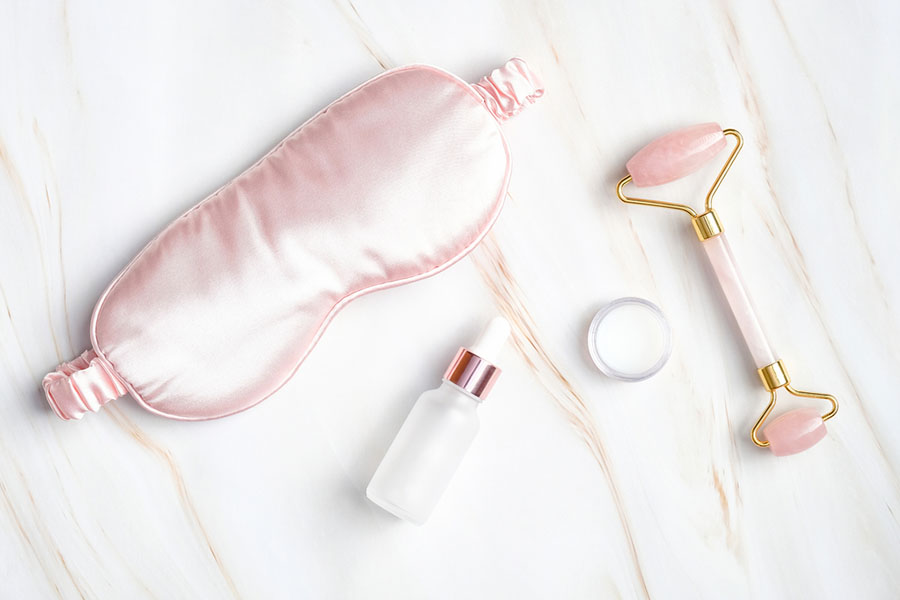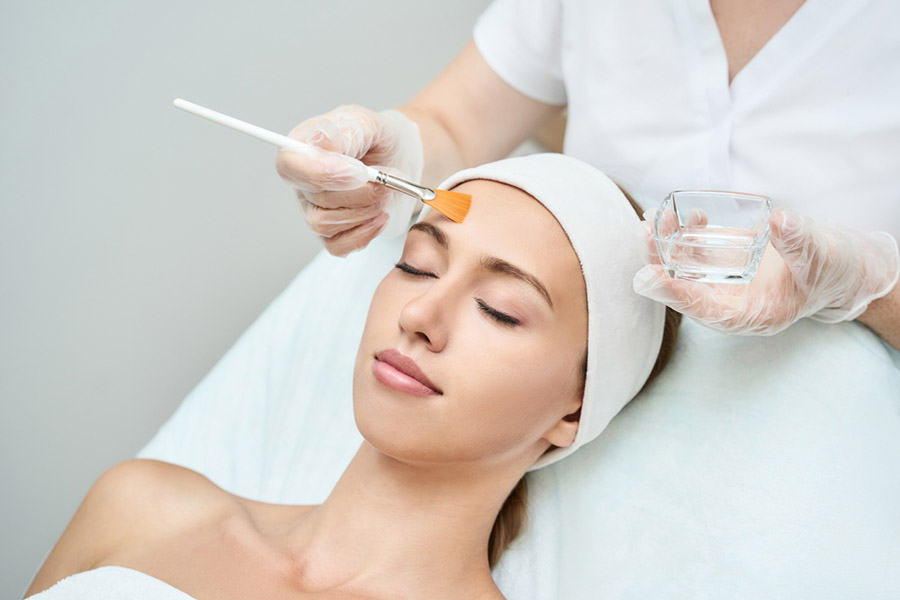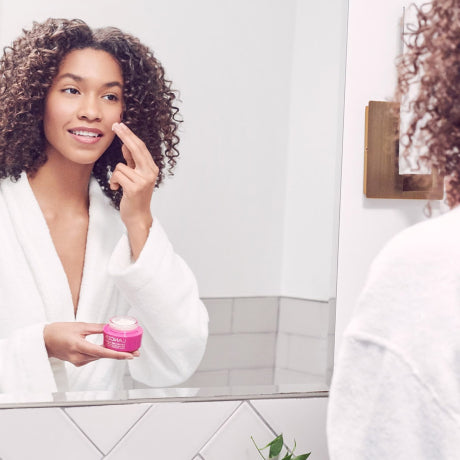A Guide to Skincare Devices
Should You Get an At-Home Skincare Device?
First of all, we recommend getting into a regular skincare routine to start. It’s much easier to incorporate a skincare device if you already have a set routine in the morning and at night, instead of trying to begin everything from scratch. If you’re not sure where to start, a curated skincare set like the ones offered by Lancer Skincare will give you all the basic products that you need to start building a skincare routine.
At-home skincare devices are less powerful than in-office treatments, so you also need to be committed to using them consistently (in some cases daily) to see results and get your money’s worth. If you’re not willing to use the device at least somewhat regularly, then it might not be worth the investment for you personally.
We also recommend carefully considering what skincare concerns you want to address, as well as what skin type you have overall. Not all skincare devices address all skincare concerns equally well. Even if a particular skincare device is getting a lot of hype right now, it may not be the best tool for your skincare concerns. For example, facial cleansing brushes are great for deep cleaning the skin and getting a light exfoliation, but they’re not that effective for treating lines and wrinkles or acne breakouts. If those are your concerns, you’d be better off with an LED light wand or a microcurrent device.
If you’re not sure what kind of at-home skincare device would work best for you, your aesthetician or dermatologist will probably have some recommendations for you if you ask. Even if you’re getting regular office treatments done, your aesthetician or dermatologist may even recommend an at-home device to extend your results and maintain your skin in between appointments. In the next section, we will explore all the main categories of skincare devices to help you decide which ones might work for your skin.
Shop All of Our Skincare Products
At-Home Skincare Devices to Choose From
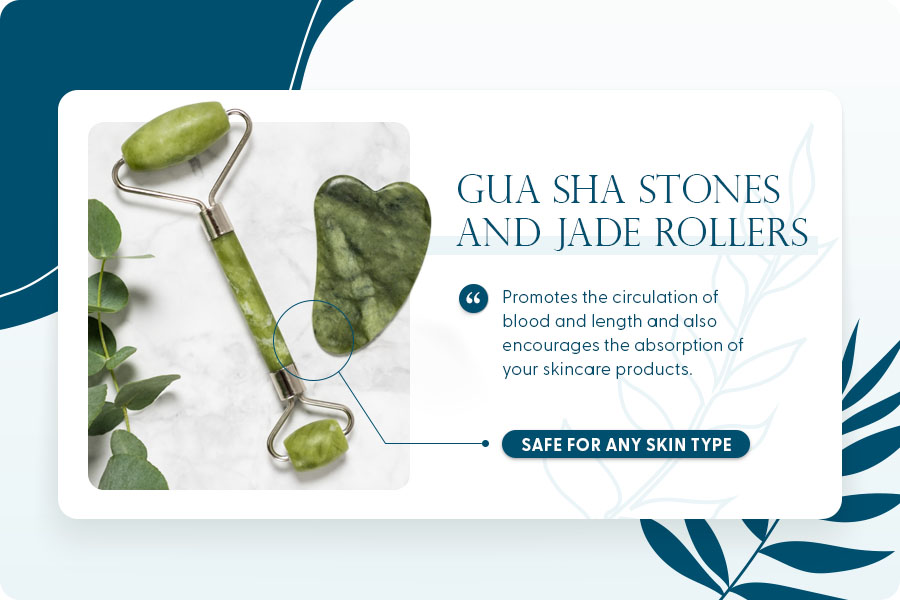
Gua Sha Stones and Jade Rollers
Gua sha stones and jade rollers are some of the most affordable at-home skincare devices, making them a popular entry point. Gua sha stones are flat on both sides with rounded edges that are perfectly contoured for different parts of the face. Jade rollers have a spinning barrel attachment that is connected to a handle.
As the name suggests, both of these devices are typically made from semi-precious stones such as jade. However, you can find them made out of other stones as well as different materials, such as stainless steel and wood. Gua sha stones and jade rollers promote the circulation of blood and length and also encourage the absorption of your skincare products. They can be used with almost any skincare routine and if you’re asking yourself, what skin type do I have? These products are safe for any skin type, making them a versatile and popular skincare tool.
Ice Rollers and Globes
Ice rollers and globes are designed to be placed in either the refrigerator or freezer to cool them down. Once they are ready, you can apply them to your face or body to reduce swelling and puffiness. Ice rollers are made with a stainless steel barrel on the end that quickly cools down, while ice globes are typically filled with a gel substance that freezes when placed in the freezer.
Many people like to use these alongside other eye care products first thing in the morning to target puffy eyes and any swelling that may have occurred while they were sleeping. They are also very refreshing to use during hot weather and can help you feel alert more quickly first thing in the morning. These products are also very affordable and can be used by almost any skin type.
Facial Cleansing Brushes
Facial cleansing brushes are designed to deliver a deeper cleanse than just your hands are capable of. They also provide an exfoliating effect, helping to remove dead skin cells and reveal an even complexion.
There are two main types of facial cleansing brushes: ones with silicone bristles built-in, and then others with a bristle head that needs to be removed and replaced at regular intervals. The facial cleansing brushes with the silicone tips are typically more gentle on the skin, and also more sanitary and easier to clean — plus, you don’t have the expense of having to buy new brush heads all the time. Many oily skin types find that they especially benefit from the extra exfoliating effect of facial cleansing brushes, but they may be too stripping for dry skin.
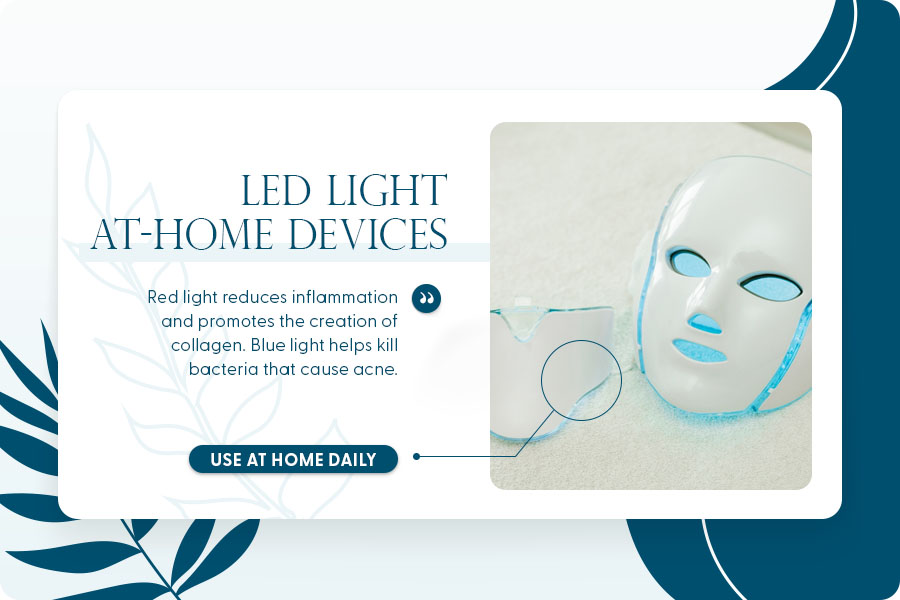
LED Masks and Wands
LED light at-home devices can have many different benefits for the skin, depending on the color of the light. Red light therapy reduces inflammation and promotes the creation of collagen, which helps to prevent or diminish the appearance of fine lines and wrinkles. Meanwhile, blue light helps to kill the kind of bacteria that cause acne. Some LED devices have only red or blue light, while others combine both of them for a well-rounded skin care treatment.
These devices also come in many different sizes, shapes, and price points. LED wands are available in many different sizes, from pinpointed spot treatments to larger wands that cover a bigger area of your face. You can also get LED masks that cover the entirety of your face at once, which reduces the treatment time but costs a lot more and is less portable than a wand. While you can get LED treatments at a dermatologist or aesthetician, many people find it very beneficial to be able to use LED light therapy at home daily.
Dermaplaning Tools
Dermaplaning tools are designed to remove peach fuzz and the upper layer of dead skin cells from your face. They look similar to eyebrow razors, but the blades are typically designed a little bit differently for more effective exfoliation. You can get disposable dermaplaning tools or ones that come with interchangeable blades. Most dermaplaning tools are completely manual, but you can find some battery-powered ones that work similarly to electric razors, which are more expensive than the other types.
People with sensitive skin or acne-prone skin should be very careful with dermaplaning at home because it can irritate if not done correctly. If you want the benefits of dermaplaning, but aren’t confident about doing it yourself, you can book a dermaplaning appointment at a dermatologist or aesthetician’s office, and a professional will do it for you.
Facial Steamer
You can DIY a facial steamer at home with a kettle of hot water, a bowl, and a towel. However, this experience isn’t super luxurious, and many people appreciate the convenience of a facial steamer at home, which replicates the feeling of a spa. Facial steamers are electronic devices that heat the water and turn it into steam at the perfect temperature for a facial. The devices feature ergonomic funnels perfectly shaped to direct the steam at your face. Many people with dry skin enjoy using a facial steamer at home because it helps to put moisture back into their skin, and also opens up their pores to increase product absorption.
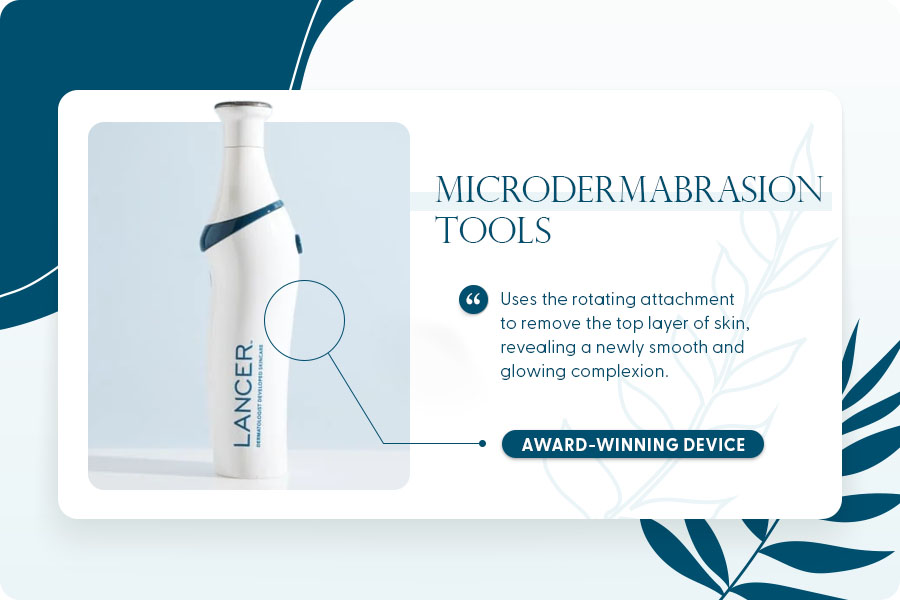
Microdermabrasion Tools
Microdermabrasion tools use the rotating attachment to remove the top layer of skin, revealing a newly smooth and glowing complexion. These electronic devices come with different attachments that can be used to achieve different levels of exfoliation.
For instance, our Pro Polish Microdermabrasion device comes with two diamond tips, a smaller tip for the face and a larger tip for the body. It also comes with disposable filters to trap dead skin and keep the device working and in optimal condition. The three suction settings allow you to customize exfoliation so that many different skin types and skin tones can use it. This award-winning skincare device comes in four different colors so you can choose your favorite!
Microcurrent Devices
Microcurrent devices pass a small electric current through your face to stimulate the muscles and skin. This stimulates the production of collagen and elastin, making it a great choice for anti-aging skin devices. It also helps to lift and tone the facial muscles, resulting in a younger-looking and brighter complexion. These are among the more expensive at-home skincare devices that you can buy, but many people swear by them. For best results, you need to commit to using it daily if possible. You can also get microcurrent treatments done in the office if you want to try it out first before buying an expensive at-home device.
Pore Extractors
Pore extractors help to remove gunk out of your pores, which is why many people with acne and blackheads tend to use them. The simplest and most affordable pore extractors feature a small loop or a point on the end of a handle that you can use to push around a blemish to extract the pus and dirt inside it. More expensive pore extractors are battery-powered and use either vibration or vacuum-like sucking to remove gunk from your pores. It can be very easy to overdo it with these pore extractors at home, so we recommend talking to your dermatologist before buying an at-home device. You can also get a pore extraction done professionally if you want good results without having to teach yourself how to do it correctly.
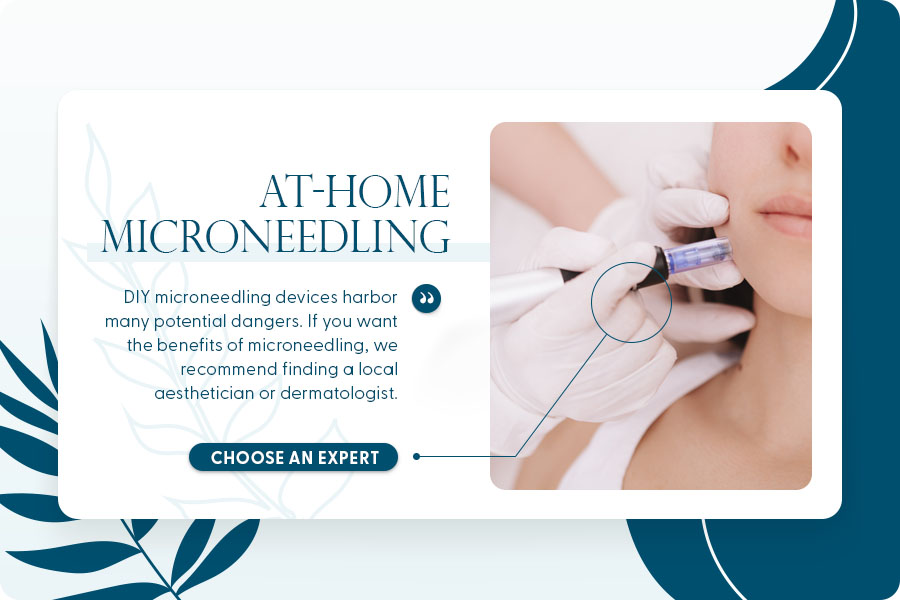
At-Home Microneedling
Almost all skincare devices can be used safely at home as long as you’re careful, but DIY microneedling devices harbor many potential dangers. Professional microneedling treatments done by an aesthetician or dermatologist use tiny needles to create micro-tears in the skin, which help to improve both appearance and texture.
Professional microneedling treatments are very versatile and may be recommended for many different skincare issues, including wrinkles, scarring, stretch marks, enlarged pores, acne, hyperpigmentation, and more. However, at-home microneedling devices make it very easy to penetrate the skin too deeply or to create “micro” tears that are actually more like macro tears.
It’s also very hard to keep at-home devices completely sterilized, which can cause infection and other complications. If you want the benefits of microneedling, we recommend finding a local aesthetician or dermatologist like Dr. Harold Lancer‘s office, so you can get the procedure done safely by an expert.
We hope this guide helped you feel more confident about choosing an at-home skincare device you will use and that will be effective for your skincare concerns. If you want to try out microdermabrasion, then grab our Pro Polish Microdermabrasion device.
If you’re looking for a new skincare routine to supplement your at-home skincare devices, then check out the many best-selling and award-winning products we offer here at Lancer Skincare. All of our skincare products come with a 30-day money-back guarantee, and they also ship for free within the United States, no order minimum needed. Place your order today to start seeing a difference in your skin!
Image Credits
Julia Lav/Shutterstock.com
Sofir/Shutterstock.com
Inna photographer/Shutterstock.com
Ihor Bulyhin/Shutterstock.com
Zigres/Shutterstock.com
